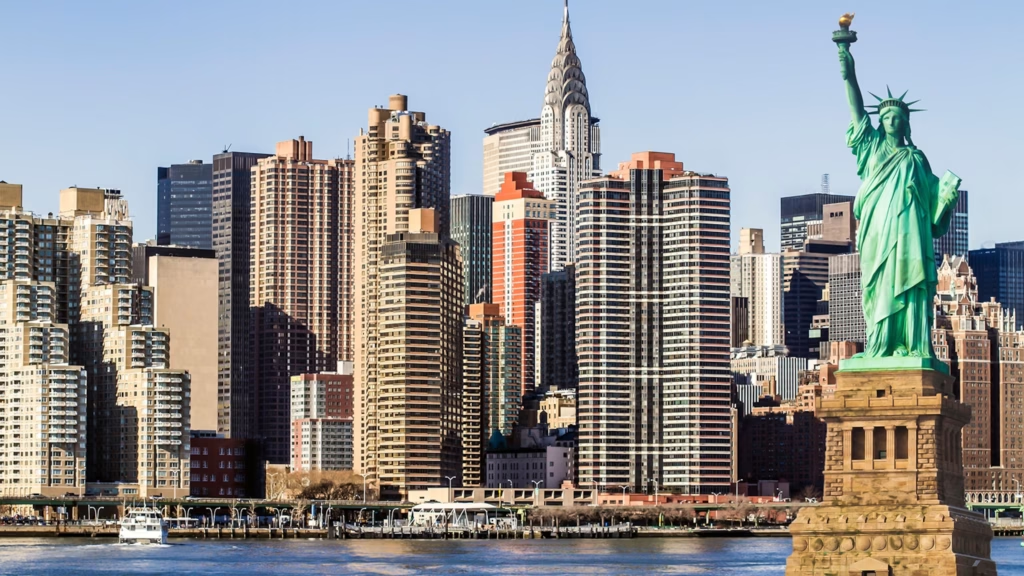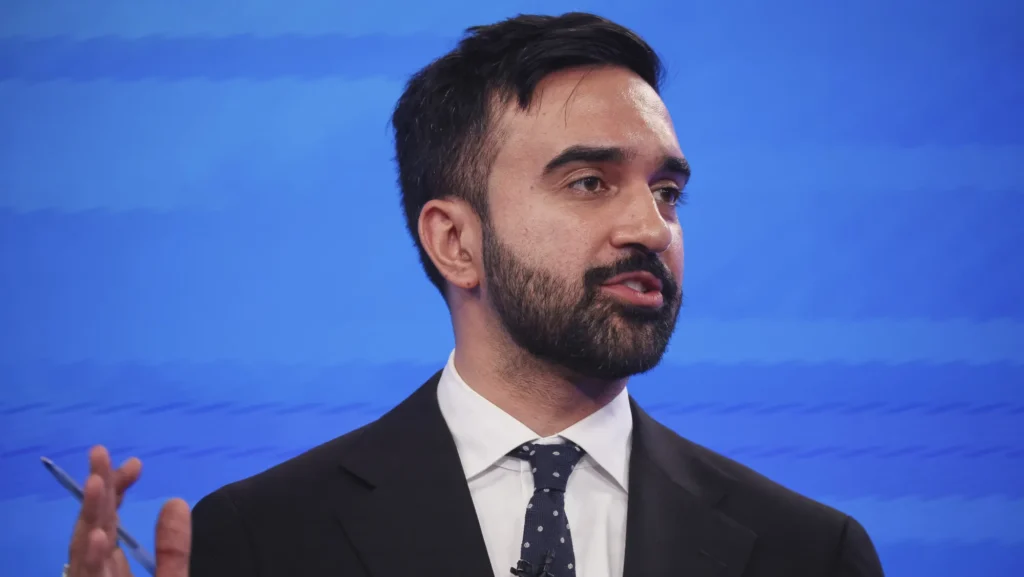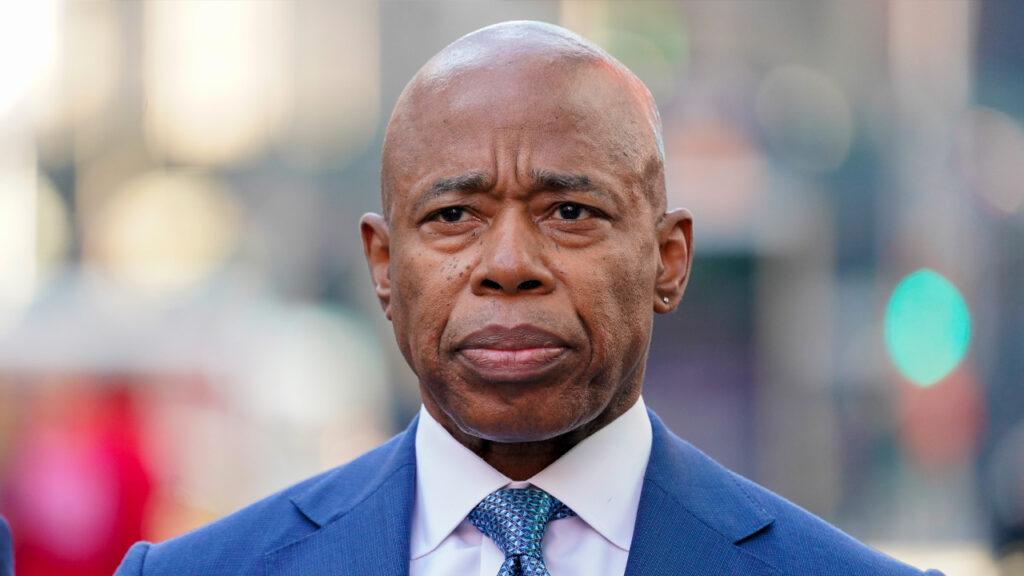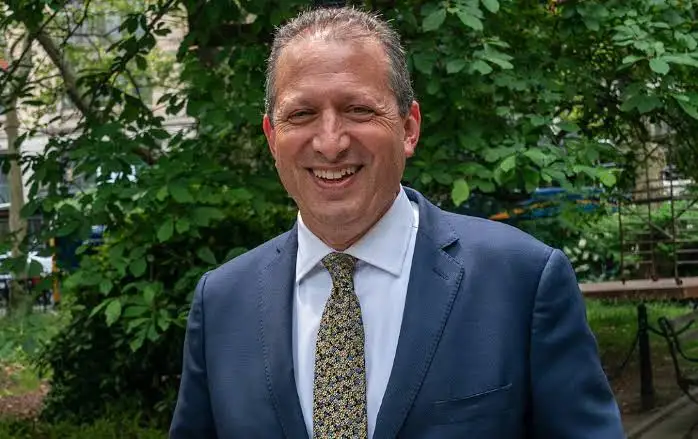2025 New York Mayoral Race: Who’s Who and What They Stand For
Share

The 2025 New York City mayoral election is shaping up to be one of the most ideologically diverse and consequential races in decades. From long-time political figures to rising progressives, the field reflects a city at a crossroads, torn between tradition, reform, and the urgent need for equity. For Black and working-class New Yorkers, what’s at stake goes far beyond City Hall. It’s about whose vision truly includes the people who make the city run.

At the forefront of the race is Zohran Mamdani, a 33-year-old state assembly member from Queens who proudly identifies as a democratic socialist. Born in Uganda to Indian-Muslim parents, Mamdani’s platform centers on affordability, from rent freezes and free public transportation to publicly owned grocery stores and a $30 minimum wage by 2030. His campaign resonates with younger voters, immigrants, and working families who feel priced out of their own neighborhoods. Critics, however, question his lack of executive experience and argue that his stances on foreign policy could alienate moderate voters.

On the opposite end of the political spectrum stands Andrew Cuomo, the former New York governor attempting a political comeback after his 2021 resignation. Running as an independent, Cuomo positions himself as a voice of stability and pragmatism, emphasizing public order and economic management. His record includes key infrastructure and healthcare expansions, but his legacy remains clouded by scandal and controversy. For many Black New Yorkers, Cuomo’s brand of politics represents the old guard, experienced but out of touch with grassroots needs.

Eric Adams, the current mayor, is also back in the race, this time running as an independent after breaking from the Democratic Party. Once celebrated as New York’s second Black mayor and a symbol of working-class ambition, Adams now faces mounting criticism for his handling of housing affordability, crime perception, and internal ethics investigations. Still, his emphasis on public safety and worker empowerment continues to resonate with portions of the city’s Black and Latino population who value order and opportunity.

Brad Lander, the city’s Comptroller, represents the progressive establishment. His platform focuses heavily on climate justice, affordable housing, and transparent city budgeting. Lander argues that a just New York must also be a sustainable one, where clean energy jobs and environmental protections uplift the same communities most affected by pollution and poverty. His campaign appeals to progressives and climate-conscious voters who view racial and economic justice as inseparable from environmental reform.

Zellnor Myrie, a young State Senator from Brooklyn, is another rising name in the race. His platform blends affordability, education reform, and community safety, with an emphasis on gun control and fair policing. Myrie’s approach is grounded in practical progressivism, pushing for structural change while staying focused on deliverable solutions for working-class communities. His appeal among young Black voters and local activists positions him as a potential bridge between the city’s political factions.
Each candidate reflects a different vision for New York’s future. Mamdani and Myrie speak to the urgency of economic and racial justice; Adams and Cuomo evoke a return to law-and-order leadership; while Lander aims to build a climate-driven, data-smart city. The ideological divide mirrors the city’s diversity, its tensions between progress and preservation, growth and gentrification, security and freedom.
For Black New Yorkers, the election is more than a contest of personalities, it’s a referendum on priorities. Will the next mayor tackle the housing crisis, fix policing, and invest in communities historically left behind? Or will New York continue to bend toward the interests of developers, lobbyists, and power brokers?
The 2025 race has already proven that New York’s future isn’t just being debated, it’s being defined. The outcome will reveal whether the city chooses transformation, restoration, or something in between.





